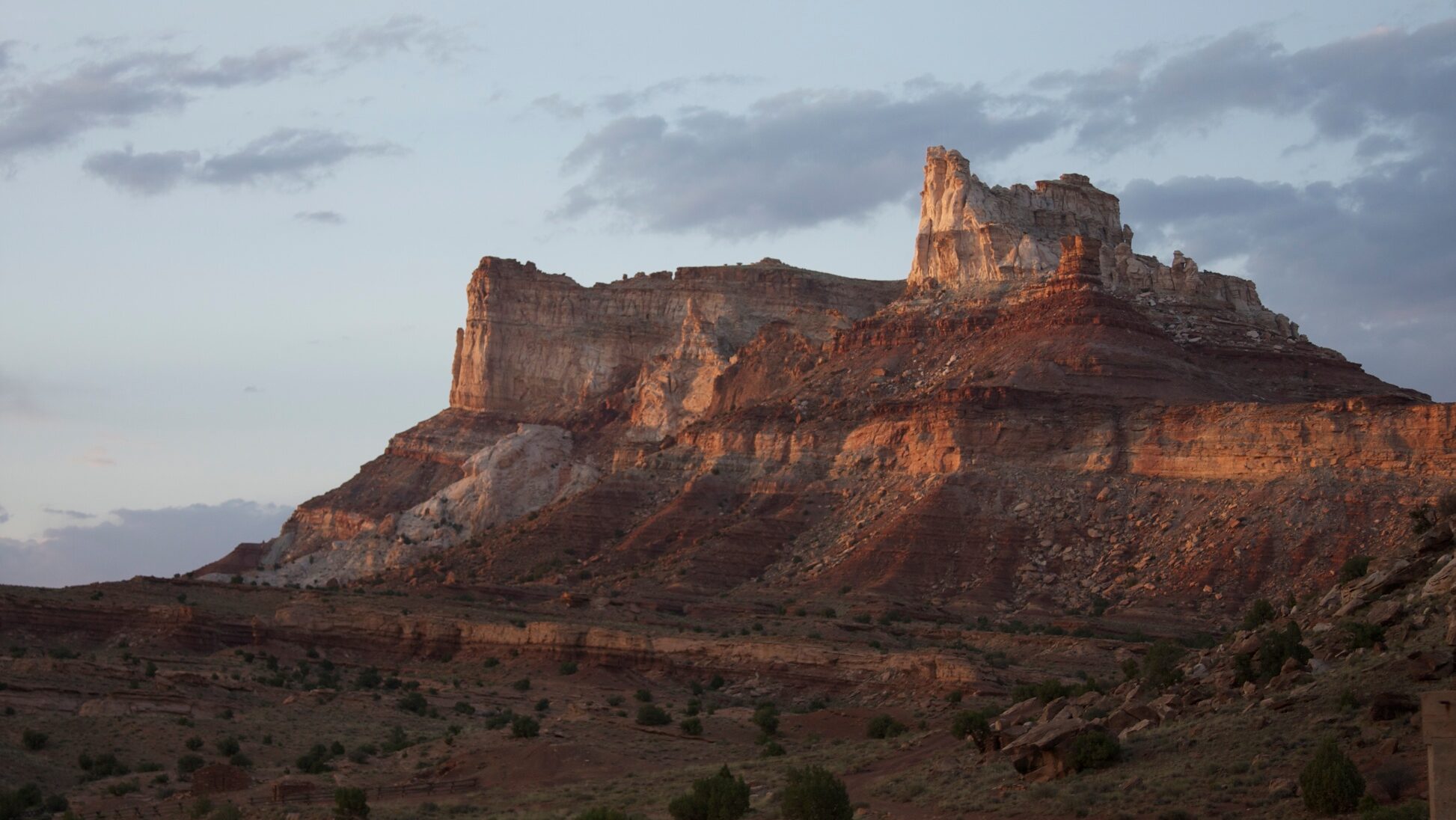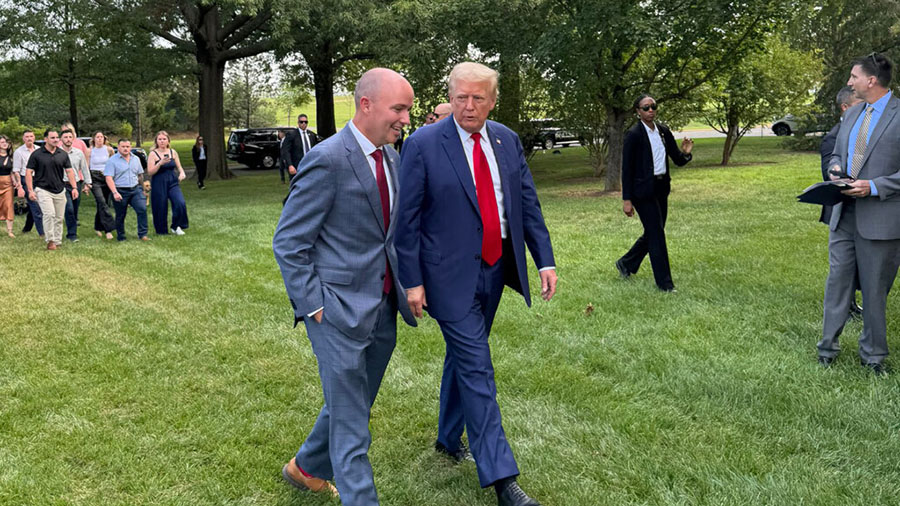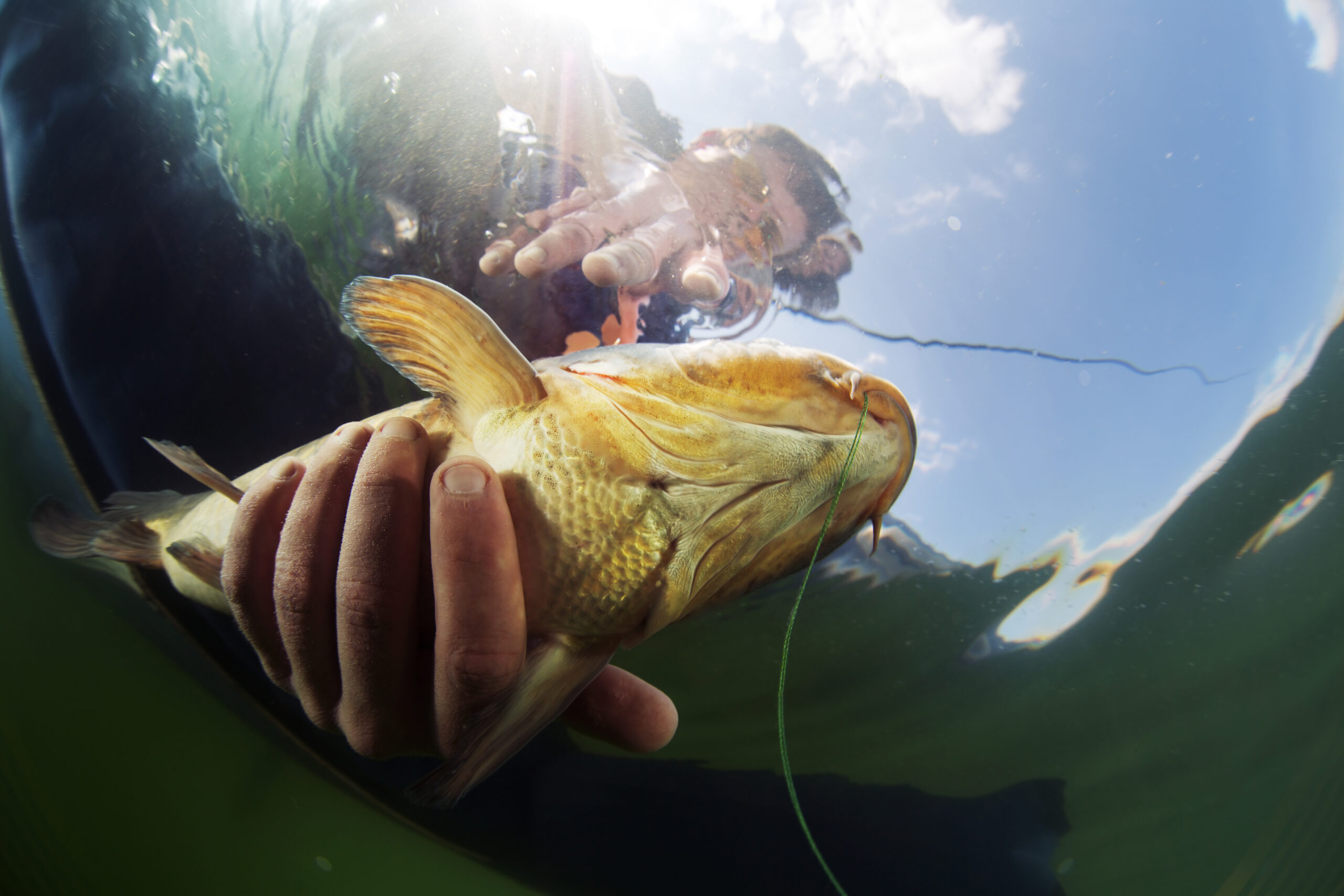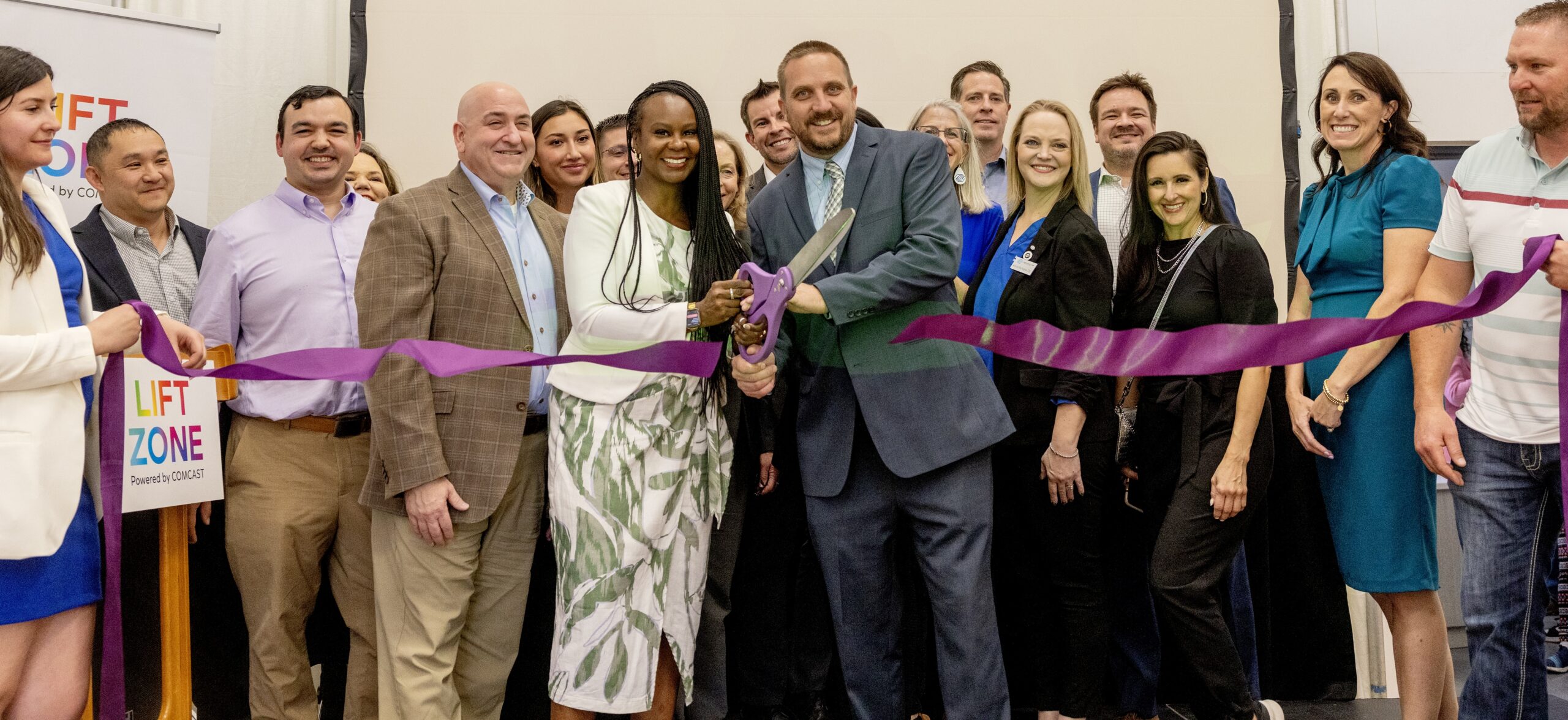Utah files lawsuit over BLM Public Lands Rule
Jun 20, 2024, 7:34 PM | Updated: Jun 21, 2024, 10:23 am

Image of Temple Mountain found on BLM land within Emery County, Utah. (Mike Coronella)
(Mike Coronella)
SALT LAKE CITY — Utah has filed a lawsuit against the Bureau of Land Management and the U.S. Department of the Interior, arguing the BLM is taking a “museum-like” approach on public lands.
The lawsuit is a reaction to new land management rules approved by the BLM in April. The rules go into effect this month. The rules help guide the management of 245 million acres of federal public land in the U.S. More than 37 million of those acres are in Utah.
BLM Director Tracy Stone-Manning said the final Public Lands Rule will help “ensure our public lands and waters remain healthy amid growing pressures and change.”
Final Public Lands Rule will hurt Utah, says Reyes
But the rule change will hurt Utah, according to Attorney General Sean Reyes.
He said in a statement that the “new Public Lands Rule is devastating to Utah as it allows the BLM to unnecessarily restrict access to millions of acres of land by adopting a hands-off, museum-like management approach.”
He went on to say that the rule prioritizes “conservation” or “non-use” over other public land uses.
And that violates the BLM’s responsibility outlined in the Federal Land Policy and Management Act, according to the lawsuit filed Tuesday.
The state of Wyoming is joining Utah in the suit.
Sevier County Commissioner Ralph Brown said the BLM is already proposing closing several roads in the San Rafael Swell under this new rule.
That is part of the proposed management plan for the area, which the BLM announced earlier this year.
“We get along really good with our local BLM people,” Brown said. “It’s not coming from local. It’s coming from above. And it’s just the national trend that’s trying to claim environmental reasons. And it’s just putting a hardship on rural Utah.”
Brown says local ranchers use the roads. And that they are popular for outdoor recreation.
“There’s a difference between multiple use and blocking and closing everything down to where nobody can benefit from it,” Brown said.
Brown went on to say that they will work with the State in fighting back against these changes.
“We’re dedicated to the point where we’ve got to be committed to protect our people, where that’s their livelihood,” Brown said.
“Disappointing but predictable reaction”
The Southern Utah Wilderness Alliance said the lawsuit is “out of touch” with what most Utahns want.
“This disappointing, but predictable reaction from the State of Utah only highlights how unserious its elected leaders are about addressing the challenges facing public lands in Utah,” said Stephen Bloch, SUWA Legal Director in a website statement.
“This lawsuit is out of touch with the majority of Utahns who support conservation and know climate change is a serious problem.”
And while Utah Attorney General Sean Reyes asserts the BLM enacted the Final Public Lands Rule without following its own rules about environmental impact, others say the BLM is, finally, following the rules.
Aaron Weiss, Deputy Director of the Center for Western Priorities, told KSL NewsRadio that the final Public Lands Rule is in line with the Federal Land Policy and Management Act, which, nearly 50 years ago directed the BLM to make conservation a priority on public lands, alongside the other uses of public lands.
Weiss said that what’s really going on is a little like a temper tantrum.
“When all you’ve known is privilege, equality suddenly seems like you’re being oppressed,” Weiss said. “Oil and gas companies, mining companies, have been used to getting everything they want on our public lands.
“Now, BLM is saying, ‘hang on. Congress told us that conservation is one of the uses. Here’s the way we’re going to do that across all the public lands in the West.'”
Simone Seikaly contributed to this report.













